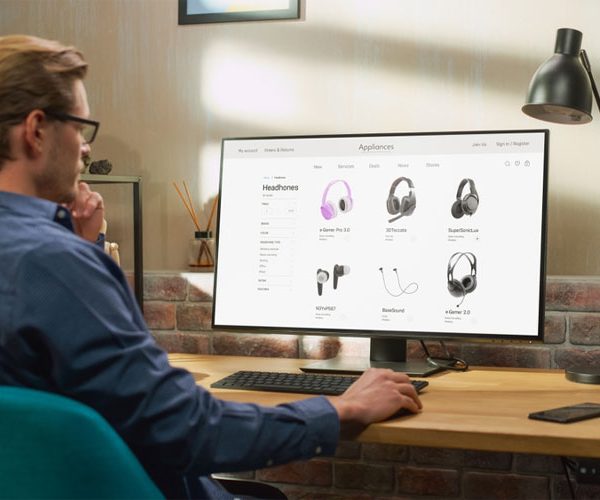In the dynamic landscape of web design, aesthetics alone no longer suffice to create a truly impactful online presence. Modern design philosophy embraces the concept of inclusivity, recognizing the importance of making websites accessible to users of all abilities. In this blog post, we unravel the significance of website accessibility, exploring the principles of inclusive design and showcasing how it goes far beyond just visual appeal.
Understanding Inclusive Design:
Website accessibility, or inclusive design, involves creating digital spaces that can be navigated and understood by users of all abilities. This encompasses a diverse range of users, including those with visual, auditory, motor, and cognitive impairments. Inclusive design is not an afterthought; it’s a fundamental aspect of the entire web design process.
The Impact on User Experience:
Enhancing Navigation for All:
Explore the importance of intuitive navigation, keyboard shortcuts, and screen reader compatibility. Designing websites with clear and concise navigation benefits not only users with disabilities but enhances the overall user experience for everyone.
Visual Elements and Alternative Text:
Delve into the critical role of alternative text for images, ensuring that users with visual impairments can access and understand the content. Learn how providing descriptive text for images not only aids accessibility but also contributes to improved search engine optimization.
Embracing Standards and Guidelines:
W3C’s Web Content Accessibility Guidelines (WCAG):
Provide an overview of the widely recognized WCAG standards and how they form the backbone of accessible web design. Discuss the different conformance levels and how adherence to these guidelines benefits both users and businesses.
Responsive Design and Device Compatibility:
Explore the importance of responsive design in creating websites that adapt seamlessly to various devices. A website accessible on desktops, laptops, tablets, and smartphones ensures that users with different needs and preferences can engage with the content effortlessly.
Real-World Examples:
Highlight successful case studies of websites that have prioritized accessibility and reaped the benefits. Discuss how major brands and organizations have embraced inclusive design, not only fulfilling their social responsibility but also experiencing positive impacts on user engagement and brand perception.
Incorporating Accessibility into Your Design Process:
Offer practical tips and insights for web designers on how to integrate accessibility from the outset of a project. Discuss tools and resources available to assist in the design process and emphasize the ongoing commitment required to maintain accessibility standards.
WW Web Design Studios
In the realm of modern web design, aesthetics and accessibility are intertwined. By embracing inclusive design principles, websites can transcend visual appeal, creating an environment where everyone can access and interact with digital content seamlessly. As a web design company committed to inclusivity, WW Web Design Studios is dedicated to crafting websites that not only look stunning but are accessible to all. Join us on the journey towards a more inclusive digital landscape. Call WW Web Design Studios 888-790-5505









